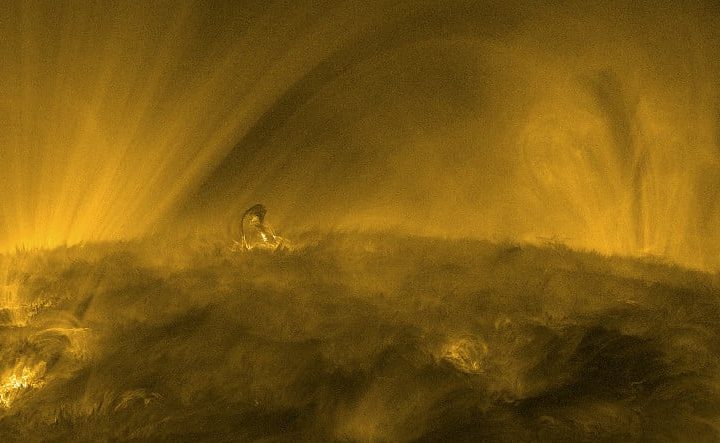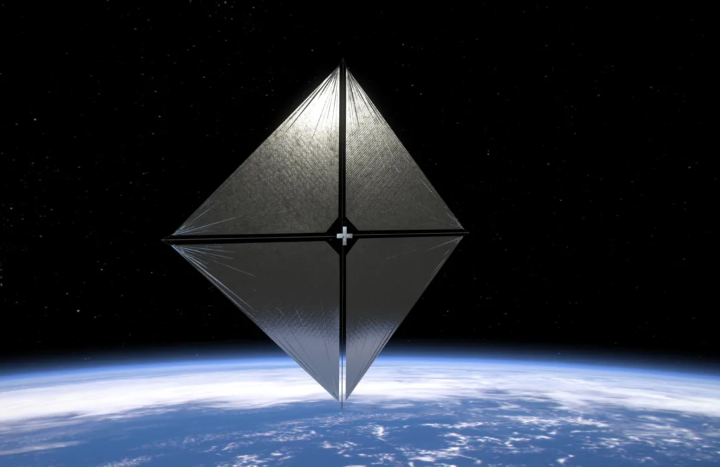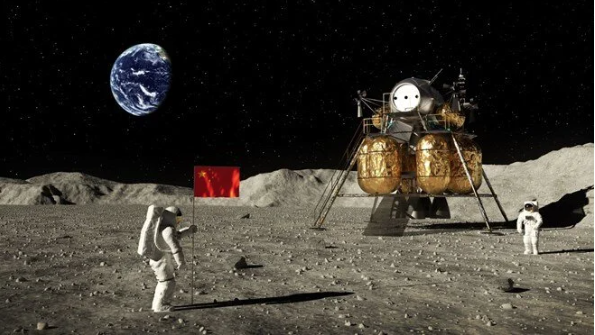NASA Administrator Bill Nelson said in a statement that the agency’s new James Webb Space Telescope will reveal “the deepest image of our Universe ever taken” on July 12.

“This image will show farther than humanity has ever seen before,” Nelson said at a press conference at the Space Telescope Science Institute in Baltimore, the operations center for the $10 billion observatory launched in December last year.
An engineering marvel, Webb is able to look farther into the cosmos than any telescope before it, thanks to its enormous primary mirror and instruments that focus in the infrared, allowing it to see beyond dust and gas.
“It will explore objects in the solar system and the atmospheres of exoplanets orbiting other stars, potentially giving us clues as to whether their atmospheres are similar to our own,” Nelson added.
Webb’s infrared capabilities allow it to see deeper in time to the Big Bang, which occurred 13.8 billion years ago.
As the universe expands, light from the oldest stars shifts from the ultraviolet and visible wavelengths at which it is emitted to longer infrared wavelengths – which Webb is equipped to detect at unprecedented resolution.

Currently, the oldest cosmological observations date back to 330 million years after the Big Bang, but with Webb’s capabilities, astronomers believe they will easily break that record.
NASA deputy administrator Pam Melroy explained that thanks to an efficient launch by NASA’s partner Arianespace, the telescope could remain operational for 20 years, doubling its originally projected lifetime.
“These 20 years will not only allow us to go deeper into history and time, but we will go deeper into science because we have the opportunity to learn, grow and make new observations,” he said.
Thomas Zurbuchen said NASA plans to share Webb’s first spectroscopy of a distant planet, known as an exoplanet, on July 12.
Spectroscopy is a tool for analyzing the chemical and molecular composition of distant objects, and a planetary spectrum can help characterize its atmosphere and other properties, such as whether it has water and what its surface is like.
Nestor Espinoza, an STSI astronomer, told AFP that previous exoplanet spectroscopies performed using existing instruments were very limited compared to what Webb can do.
“It’s like being in a very dark room and you only have a small pinhole to look through,” he said. Now with Webb, “You’ve opened a huge window, you can see all the little details.”





